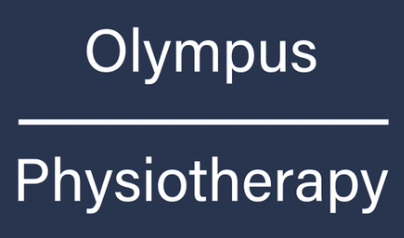Low Back Pain
What is Low Back Pain?
Low back pain is one of the most common musculoskeletal complaints, affecting the area between your lower ribs and buttock crease. It can range from a dull, constant ache to sudden, sharp pain that leaves you incapacitated. Low back pain can be acute (lasting less than 6 weeks), subacute (6-12 weeks), or chronic (persisting beyond 12 weeks).
The condition can involve various structures including muscles, ligaments, joints, discs, and nerves. Most episodes of low back pain are mechanical in nature, meaning they result from problems with how the spine moves and functions rather than serious underlying pathology.
What Causes Low Back Pain?
Low back pain can develop from numerous factors, often involving multiple contributing elements:
Mechanical causes:
Postural stress, particularly prolonged sitting or standing
Heavy lifting with poor technique
Sudden awkward movements or twisting
Muscle strains from overuse or sudden exertion
Joint dysfunction or stiffness
Disc problems including herniation or degeneration
Lifestyle factors:
Sedentary lifestyle and lack of regular exercise
Weak core and back muscles
Tight hip flexors and hamstrings
Excessive body weight placing additional stress on the spine
Poor sleep quality affecting tissue recovery
High stress levels contributing to muscle tension
Work-related factors:
Prolonged desk work with poor ergonomics
Jobs involving repetitive bending or lifting
Vibration from machinery or vehicles
Shift work affecting sleep patterns
High job demands with low control
Risk factors:
Previous episodes of back pain
Age-related changes in spine structure
Smoking affecting tissue health and healing
Lack of physical fitness
Psychological factors including anxiety and depression
What Are the Symptoms?
Low back pain presents with varying symptoms depending on the underlying cause:
Primary symptoms:
Aching or stiffness along the spine from the base of the neck to the tailbone
Sharp, localised pain in the lower back
Muscle spasms that can be severely painful
Pain that worsens with movement or certain positions
Activity-related symptoms:
Pain when bending forward, backward, or to the sides
Discomfort when sitting for prolonged periods
Pain when getting up from sitting or lying down
Difficulty with lifting, carrying, or twisting movements
Morning stiffness that may improve with gentle movement
Radiating symptoms:
Pain that travels into the buttock or thigh
Numbness or tingling in the legs (may indicate nerve involvement)
Weakness in the legs or feet
Pain that worsens with coughing or sneezing
Functional limitations:
Reduced ability to perform daily activities
Sleep disturbance due to pain
Difficulty with work or recreational activities
Compensatory movement patterns affecting other areas
Reduced confidence in physical activities
Warning signs requiring immediate medical attention:
Loss of bowel or bladder control
Severe leg weakness
Numbness in the groin area
Fever accompanying back pain
Struggling with persistent back pain? Our specialist team has extensive experience treating low back pain across all populations, from office workers to professional athletes. We provide comprehensive assessment using advanced testing, targeted manual therapy techniques including spinal manipulation, and bespoke rehabilitation programmes to address both symptoms and underlying causes.
